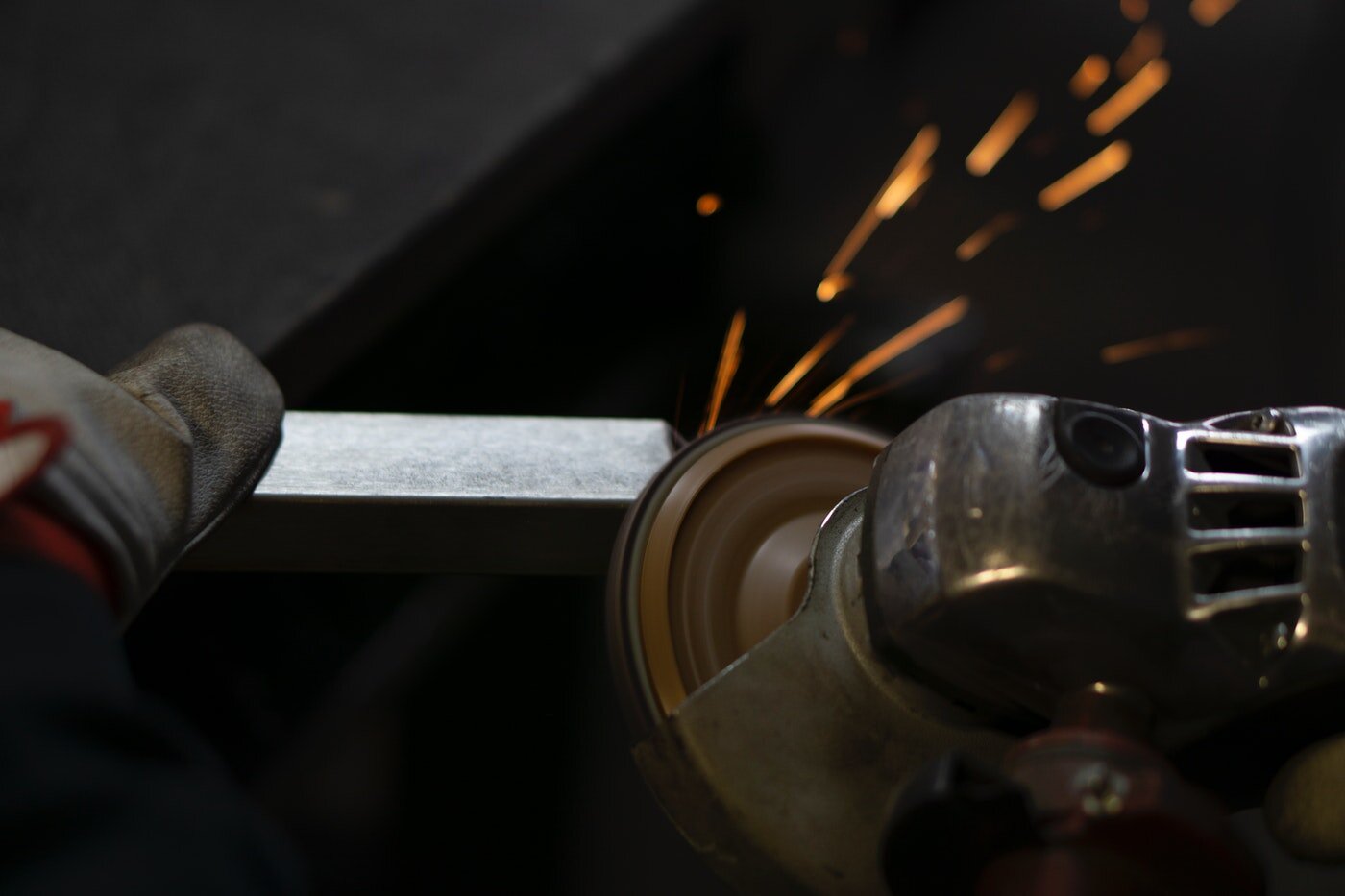There's no doubt about it, this job isn't easy. It takes a lot more effort and strength to cut a hoof with dull nippers, and a lot more time if you're using an old rusty rasp. A wise old farrier used to tell me to “work smarter, not harder.” I've found this to be true in all aspects of life, not just farriery. Thankfully, there are lots of options available to protect and sharpen your tools to hopefully, make them last a little longer.
Keep Them Out of the Elements
First off, where you live, as well as the season, will affect how quickly your tools dull down. I go through more rasps in the spring than any other season. They get wet and full of mud very quickly. I keep a wire brush in my toolbox, and some days have to clean my rasp after every horse, sometimes after every hoof.
I also keep a few old towels in my truck to dry off my tools after I've been working in the rain, snow, or on wet horses, just so my nippers and knives don't start to rust. I have WD40 in my truck for when my nippers seize up or start to squeak from moisture getting in the creases. In the summer, filing a hoof full of sand will dull your rasp pretty quickly and cutting into a hard hoof full of gravel or stones could chip a piece off your nippers.
So how do we try to get one more season out of our tools?
Reuse and Repurpose
Rasps wear out the fastest, regardless of how often you sharpen them, but they have three uses. First we use them on horses’ hooves. You could use a wire brush, like a good BBQ grate brush or a wire wheel to keep it clean and sharp. When they get too dull for hooves, they go to the shoeing box, where they're used to rasp clinches and finish a freshly shod hoof. From there, they're still sharp enough to round off the edges of a horse shoe or any other metal project you're working on.
Rasps are made of good metal, so when they get too dull for anything, you could always forge them in to something else. I tried to make a dragon with one once... It didn't turn out as spectacularly as it looked in my head. Some farriers make beautiful knives and other tools with old rasps.
Sharpening Tips
There are many options available for sharpening knives. You could use soapstone or grinders. You could even use the sharpener that came with your kitchen knife set. It may take some practice because you have to get the angle just right to get it perfect and sharp again.
Your local farrier supply store will sell a few different kinds and brands of knife sharpeners and they have the knowledge to help you pick the best one. Knives can be sharpened as often as you think they need it. You'll only have to replace them when there's little or no blade left.
Unlike knives, nippers are harder to sharpen and can really only be sharpened a couple times before you have to replace them. Thankfully, nippers should stay sharper longer than knives and rasps.
I've found knife sharpeners don't really work on nippers. You could try a bench grinder or angle grinder, but be careful. If you grind too much off, the ends won't touch, making them impossible to cut anything. There are companies that will sharpen your nippers for you. Your local farrier supply store might have a contact that they ship all the farriers’ nippers in your area to. It costs a little more, but it's worth it knowing they'll do a great job and your nippers will last a couple more years.
If you take care of your tools and keep them clean and dry,
they should last a while.
This is our monthly feature, “Ask a Farrier,” a Q and A with farrier Karen McMann. Karen has been a full-time farrier for 18 years. She graduated in 2002 from the Canadian School of Horseshoeing, where she studied under Pat Cullen. She serves on the Advisory Board of Equi-Health Canada and Equi-First Aid USA as a Farrier/Hoof Health Support specialist. Karen lives and works outside of Okotoks, Alberta.
If you have a question you’d like to ask a farrier (about horseshoeing, farriery, hoof and horse health, blacksmith tools, working as a farrier, etc.), email or leave it in the comments below. Every month, we’ll pick one question to answer in our feature.
Image credit: Lars Mai








